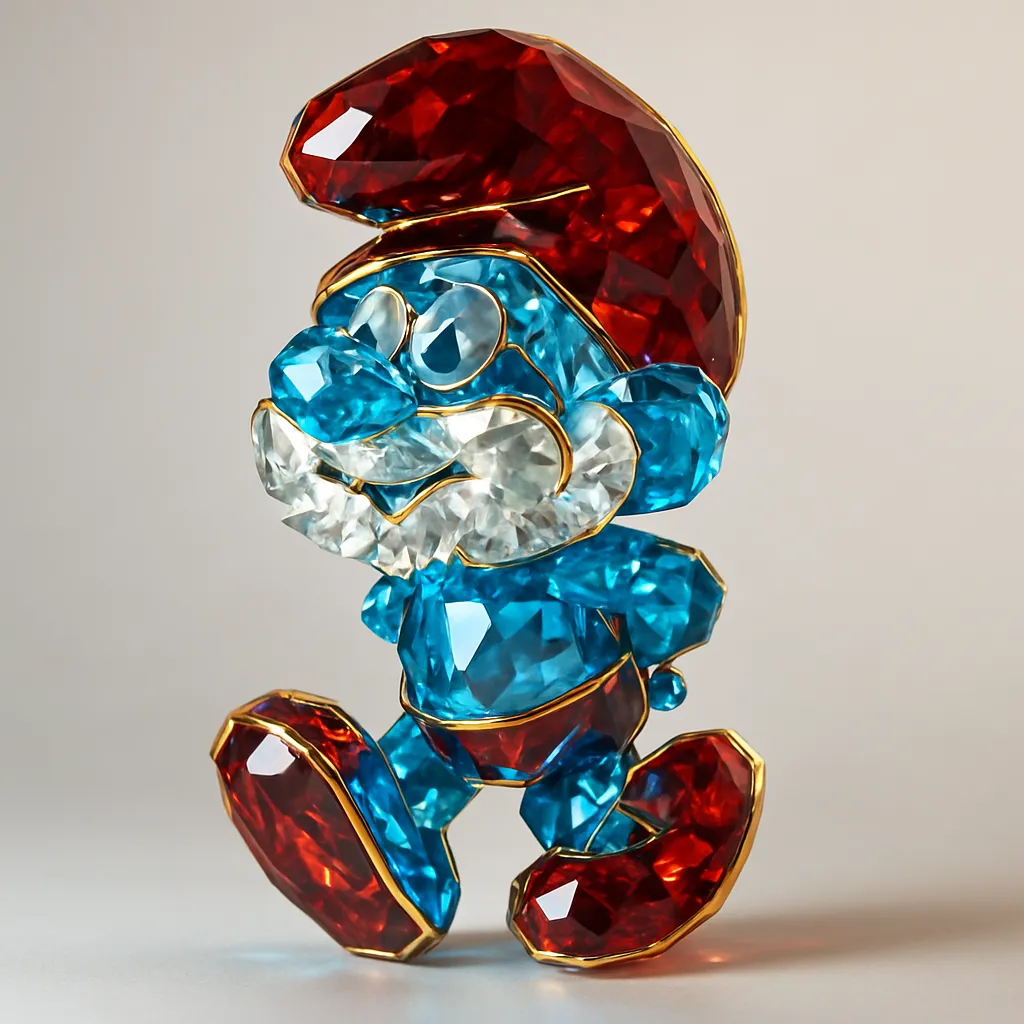Thanks for sharing that overview of your business! To better uncover untapped opportunities and help you boost course sales and grow your email list, I’d like to ask you 5 targeted questions:
- What channels currently drive the most traffic to your platform, and which ones have you underutilized or not tested yet?
- How personalized or segmented is your email marketing strategy, and do you currently use automation to nurture leads?
- What pricing or packaging strategies have you experimented with (e.g., bundles, subscriptions, payment plans)?
- How are you gathering and leveraging customer feedback or testimonials to build trust and social proof?
- Have you partnered with any influencers, communities, or other businesses that serve your target audience for co-marketing or content collaboration?
Once you share your answers, I’ll suggest 3 quick-win ideas tailored to your business that you can implement this week.
Inputs used
Product or service
I run a small online course platform for creative freelancers.Target audience
Mostly designers, writers, and video editors aged 22–35.Revenue model
I sell pre-recorded courses and live workshops.1.53
Business Growth Strategist
1 sample run
84 words
Verified
Private
1.53
Prompt body











